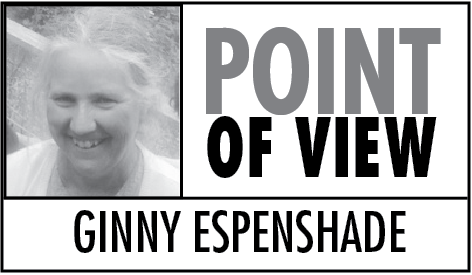T
hank you to the Homer News for providing me the opportunity and space for my commentary about the opioid problem facing our community. Thank you also to the many community members who have shared their stories with me as this conversation becomes more public.
Hopefully, we will all continue to face this problem head on as the public health issue it is. While my previous commentaries addressed prevention and treatment strategies, this final one focuses on strategies to reduce the harm to active opioid users.
While prevention addresses potential users and treatment involves those working on recovery, reduction of harm measures can improve the health and outcomes of the active users. I understand that this user group may inspire less empathy or sympathy among the rest of us, but I remind you that this group has many subsets besides the active user with no present inclination to stop.
This group also includes the persons waiting for the available bed, money, insurance coverage or even child care to be able to access treatment, or the persons momentarily relapsing after weeks or years in recovery. In addition, harm reduction measures also benefit the partners and families of the user, and public health in general.
Opioid overdose can cause death from fatal respiratory depression, i.e., the user stops breathing because the drug changes the neurochemical activity in the brain stem. A recent bulletin from the Epidemiology Office of the State Division of Public Health provides the most current statistics on drug overdose mortality. It breaks down the total drug overdose deaths in Alaska from 2009 to 2015 (774 deaths) into categories of drugs, including prescription opioid pain relievers (400 deaths) and heroin (127 deaths).
The report also notes that while the prescription pain killer deaths have been relatively consistent over those years, the heroin death toll has increased steadily every year since 2010. While the high death rate is great motivation to increase prevention and treatment, it also demonstrates the need to do what we can today to prevent death.
Timely administration of a medication called naloxone can reverse the effects of opioid overdose and save lives. This substance has been available to emergency responders for years, but its effectiveness depends greatly on its prompt administration. Its effectiveness is often thwarted when witnesses to an overdose hesitate to call 911, or when it takes too long for emergency responders to reach the patient.
In 2014 Alaska passed a “make the call” Good Samaritan law, offering some immunity from prosecution when a witness calls for help for another’s overdose. While this approach encourages earlier reporting, newer legislation, signed into law by Gov. Bill Walker on March 14, goes further to equip Alaskan communities with the tools to reverse overdoses, saving lives. The new law removes civil liability for the prescription of naloxone by physicians and its administration by trained bystanders. The law also provides over the counter access to the substance.
Locally, Dr. Sarah Spencer and the South Peninsula Hospital have already organized a training for just that purpose. Saturday, April 9, at the South Peninsula Hospital Training Center, 203 West Pioneer, from 10-11 a.m. Dr. Spencer will provide education and training that will prepare attendees to respond to an opioid overdose. For $90, all attendees will leave with the knowledge, training certificate, and a complete naloxone rescue kit. Since space is limited, please pre-register by calling 235-0285.
The other reduction of harm measure being proposed in Homer is a syringe exchange program. By providing free sterile needles and collecting used ones, a syringe exchange program will reduce the transmission of HIV, Hepatitis B and C viruses, and infectious diseases.
According to the Centers for Disease Control, needle sharing during injection drug usage accounts for about 60 percent of new Hepatitis C virus transmissions every year. Alaska sees more than 1,000 new cases of Hepatitis C a year, and more than 100 new cases of HIV/AIDS.
While addressing the immediate health concern of disease transmission among injection drug users (and their partners and loved ones) the syringe program will also provide an opportunity for outreach and education that can begin the path to treatment. Studies have shown that needle exchange programs do not encourage illicit drug use. Finally, a syringe exchange will also reduce the more general public health concern of used needles showing up on our beaches, trails and parking lots.
In closing, I hope this discussion continues. As I mentioned before, people are already working on these efforts, including the Kachemak Bay Narcotics Anonymous (Saturdays 5:30 p.m. upstairs at Methodist Church); Dr. Sarah Spencer, board certified in addiction medicine; and a group working on the syringe exchange (HomerExchange@gmail.com).
I also commend the Homer City Council, which on Jan. 11 unanimously approved Resolution 16-008 “Supporting the Establishment of a Syringe Exchange Program in Homer.”
Another resource is the Facebook group Peninsula Drug Awareness, Education and Prevention, which shares important information and support.
Let’s work together on this at the grass roots level. I feel a Homer-based response, built on our strengths, will have the most success.
Ginny Espenshade has worked in juvenile justice for 20 years as executive director of the Kenai Peninsula Youth Court.


